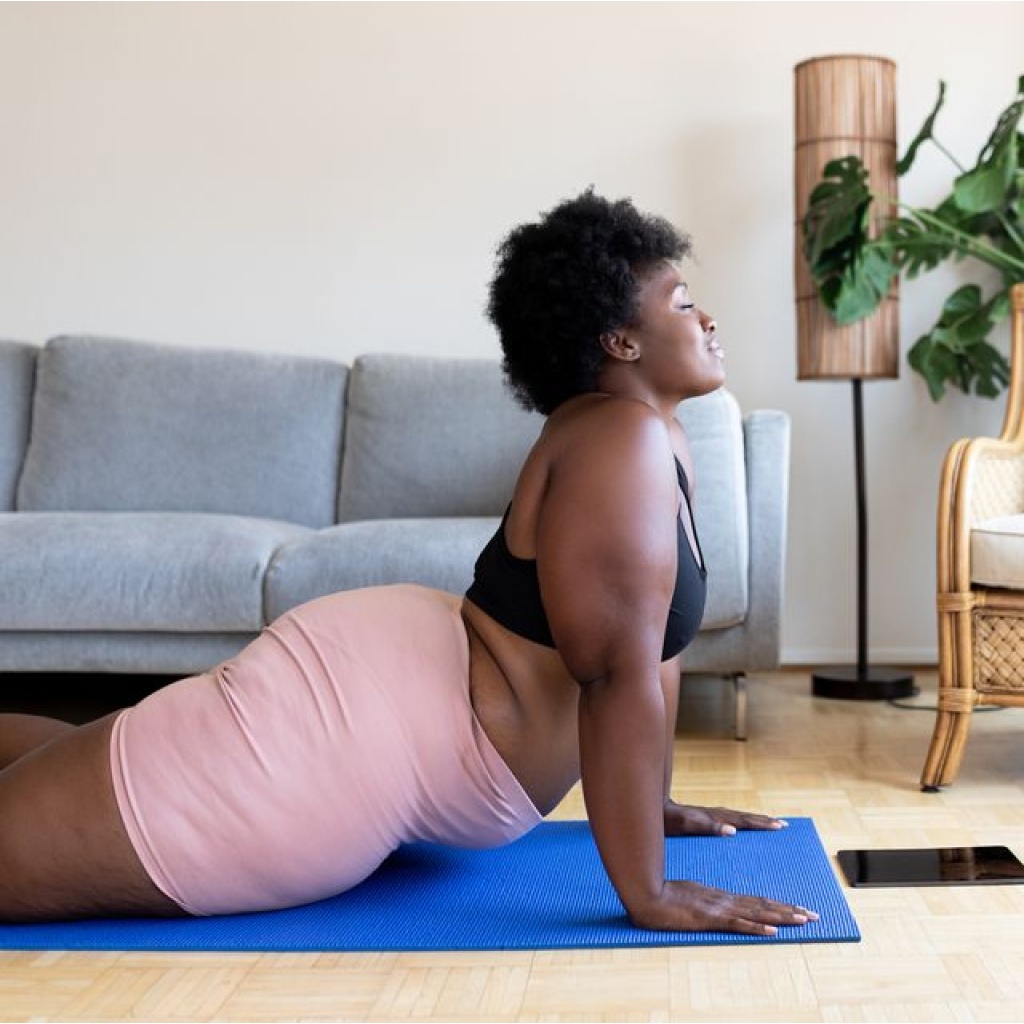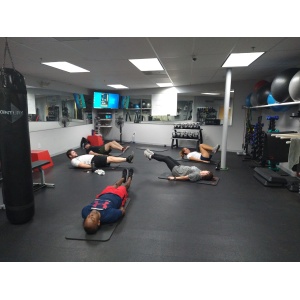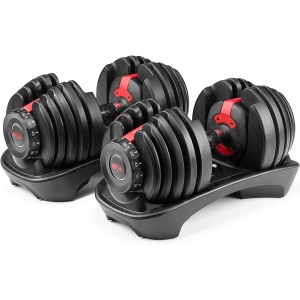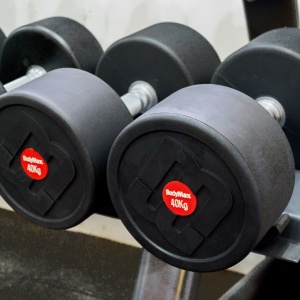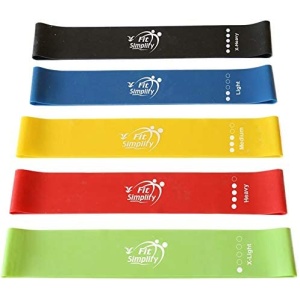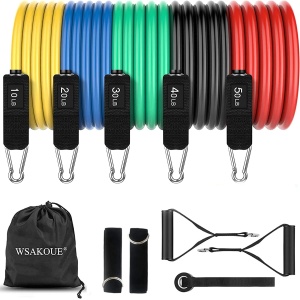Fitness for Life
By Linda Rath
Exercise may not be the fountain of youth, but it’s the most powerful tool you have for a long, healthy life.
It lowers your chances of many serious conditions, such as:
- Heart disease
- Stroke
- Cancer
- Type 2 diabetes
- High blood pressure
- Alzheimer’s disease
You’re also less likely to fall, break a bone, or get arthritis. And exercise is a sure cure when you’re anxious or depressed.
What Kind of Exercise?
Scott Siverling, DPT, a physical therapist at Hospital for Special Surgery in New York, says you really need four types of exercise:
- Cardiovascular exercise (cardio)
- Strength training
- Balance
- Flexibility
Cardiovascular exercise ups your heart rate using the big muscles in your arms and legs. You don’t need special clothes, equipment, or a gym. You can:
- Hike
- Walk
- Run
- Jump rope
- Bike
- Take aerobics or dance classes
Siverling says it’s best to do whatever you enjoy because you’re more likely to stick with it. Still, it’s best to mix it up when you can. Your body adapts to any exercise you do over and over. In the long run, you don’t get as much out of it.
A simple goal is to try to get 30 minutes of moderate-to-vigorous cardio on most days.
Moderate intensity exercise is “the equivalent of walking to a meeting you’re late for; you should be sweaty and a little out of breath, but can carry on a conversation,” says Rowland Chang, MD, an epidemiologist and professor at Northwestern University’s Feinberg School of Medicine in Chicago. Vigorous exercise is more intense, so it’s harder to talk.
You might not be able to squeeze in this much cardio every day. To make it easier, break it into 10-minute chunks. Once you get into it, you’ll get even more health benefits — and lose more weight — if you work up to 300 or more minutes of exercise a week.
The key is to start moving, and then move more.
Todd Miller, MD, co-director, Mayo Clinic’s Sports Cardiology Clinic
Strength Training
You start to lose muscle around age 30. You lose more with each decade, raising your chance of falls and broken bones. But lost muscle isn’t gone for good.
“Strength training slows the loss of muscle fibers and tissue that occurs as we age and improves bone and tendon health,” Siverling says.
In strength training (also called resistance training or weight training), you move against some type of resistance. This can be:
- A weight machine
- Free weights like dumbbells
- A resistance band
- Your own body
If you don’t have weights, fill a backpack with books or use gallon water bottles. Siverling recommends strength training at least twice a week. Challenge yourself. Up your weight and reps as you get stronger.
Along with toned muscles, strength training can have other benefits. Jacob Meyer, an assistant professor of kinesiology at Iowa State University in Ames, says it can ease anxiety and depression better than most other types of exercise.
Meyer was among the authors of a large study on strength training and depression. It found that just a small amount of weight lifting eased depression, even if the person lifting the weights didn’t get stronger. Scientists think strength training may change chemicals in the brain that affect mood.
Stretching
To stay limber, you need to stretch. But stretching may not be what you think, says Arianne Missimer, DPT, a physical therapist in Downingtown, PA.
“You’re not making your muscles longer or bigger. You’re telling your nervous system that you’re safe in a new range,” she says.
She recommends active stretching, where you move through the stretch, instead of staying in place. Tai chi and yoga are great options.
Balance
You work on your balance every time you walk or get out of a chair. But you might need more practice as you get older.
“As you age, you naturally lose your ability to maintain balance,” Siverling says.
He recommends a few simple exercises that you can work into your daily life, like walking backward or standing on one leg while brushing your teeth. For a tougher challenge, try a balance board (also called a wobble board). It improves balance, builds up stamina, and strengthens your core.
Try Tech
Never been active? No problem. Turn your phone into your own personal trainer. There are loads of exercise apps for all fitness levels and types of activity.
Whether you want to learn yoga, stretch your low back, or strengthen your knees — there’s an app that can help. If you’re a newbie runner, try a training plan called “From Couch to 5k”. It’s safe, super easy, and can get you to a place to be able to run 3 miles after 12 weeks.
Physical Activity
Exercise is something you do on purpose to get stronger, healthier, and maybe drop a few pounds. Physical activity is all the ways you move in your daily life. You walk the dog, mow the lawn, clean, and cart groceries. You need both types of movement, says Todd Miller, MD, co-director of Mayo Clinic’s Sports Cardiology Clinic.
“The key is to start moving, and then move more,” Miller says.
Here you have free trial workout program that you can try for 2 weeks and a 12 week program that will get you in the right track, or a customized personal training program taylored to your goals and hbits:
- Personal Training
12 Week Customized Personal Training Program
- Exercise Equipment
Bowflex Adjustable Dumbbells
- Exercise Equipment
Home Gym
- Exercise Equipment
Loop Exercise Bands
- Exercise Equipment
Resistance Bands

